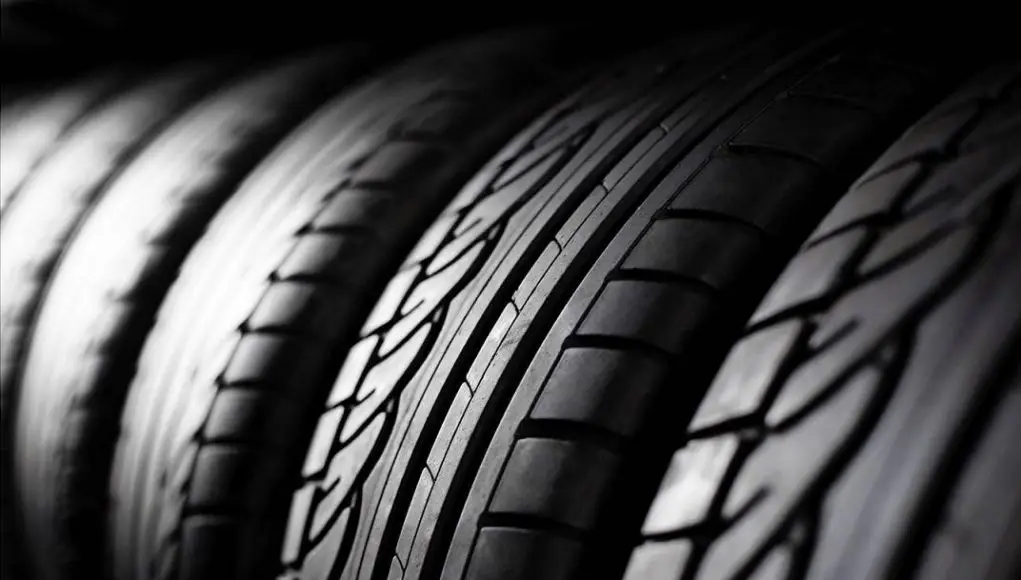This post is part of a series on Economics in the automotive industry.
Tires are expensive to replace, more so when you don’t have much of a disposable income. Because the typical car owner goes 2-4 years between sets of tires, we tend not to think about them until they blow or it’s the absolute last minute to change them. Tires, by nature, are a non-durable good bought for immediate use.
But the fact that tires are an expensive non-durable good, makes them a bitter pill to swallow when you absolutely have to open your wallet for one tire or a set. Tires are not a sexy or exciting non-durable good. They’re just…tires. Although we like to think people are conscientious motorists who’ll change their tires when the wear indicators show or they’re showing sun rot, rarely is that the case. If it’s holding air, to some people, it’s still good to go.
While threadbare tires are dangerous, can you still drive to McDonald’s or the movies? Sure, you technically can. The opportunity cost to replace your tires, the cost of something that must be given up to get something you want or need, would forego what people value more at the moment. New tires would cut into the budget you have for good times with friends, tickets to the movies, shopping, and other frivolities you’d rather spend your money on.
This brings me to the case study on tires that I came across, yes, browsing Reddit. People were commenting in this particular thread were motorists got their karma after laughing at a damaged car who crashed, then immediatly had the pole that car hit come crashing down on them (But that’s neither here nor there.) The subject was brought up about cars that drive around on bald tires and customers who frequent tire repair shops refusing more expensive repairs depsite it being clear that foregoing those repairs would cause more damage later on down the road.
For those people without the foresight for tire safety nor an impending tire failure, honestly, at that moment for them, they are not willing to pay the opportunity cost. Observably, you’ll find these types of motorists in low-income areas. Food, rent, and bills take up most of their income anyway. They can’t shell out $90 to dismount and mount a new tire or even $60 if it’s a used one. They’d rather drive around on that bald tire. Most of the time they’re lucky and the tire will last them as long as they can stand it.
So what does the demand curve for tires look like? When people need tires, they need them now. The demand curve is fairly inelastic, a change in price won’t change demand if any. Of course, the prices of tires varies depending on the brand.
I live in Merced, California, a large county but a small town. In a five-mile radius, there’s literally fifteen tire shops with at least three of those shops opening up in the last year. Nevermind the fact that we’re situated next to the highway or that tourists stop in Merced on their way to Yosemite, it’s a general consensus that there are too many tire shops. But are there really?
The new university in town has brought an influx of students and professors with, you guessed it, cars. In fifteen years or so, the town has added 20,000 people, with a steady increase in population size of 3.4 percent every year.
Also, our roads are notorious for chewing up tires. Moreso if you have to commute and use the only highway out of town, as equally as bad. I feel that we do need all these tire shops.
Tire shops seem to be thriving and surviving in this area and I imagine it’s the same in surrounding towns or towns full of low-income motorists the nation over.
Since public transportation, while available, isn’t all that great, most people own cars. They may not be the newest cars, but people drive. When they need tires, they’re going to visit one of these tire shops. Catering to their customers, many of these shops have off-brand tires made in China, Thailand, Vietnam etc. or carry a generous supply of used tires. of course they also carry the more premium brands. Can the average Merced resident distinguish between a Falken or a Nankang? I’d bet not.
To sum up, there’s a reason why people drive around with bald tires. Although you can chalk it up to being cheap, it’s more likely because they can’t afford to replace them right now. Their money is already spent before it even hits their bank accounts. But people will eventually need tires. When they do, it’s these cheaper tire shops peppering the city that will provide them with a replacement.
Is it safe? No. But will people change and replace tires sooner than later? Probably not.




